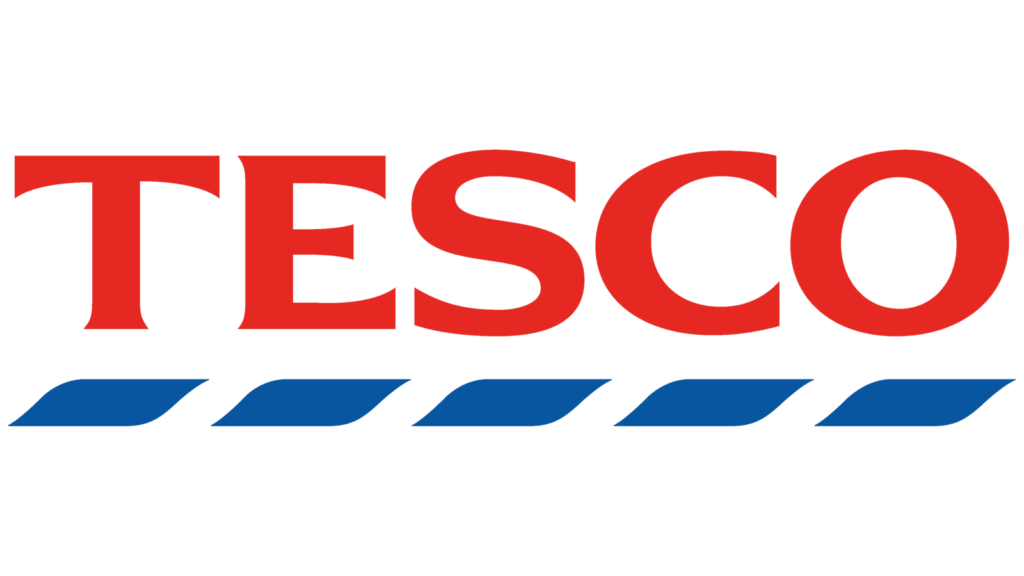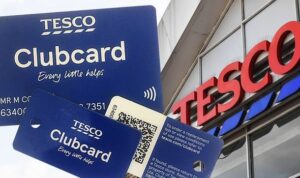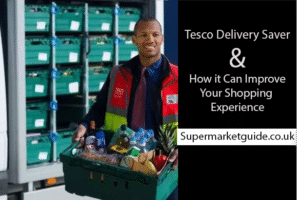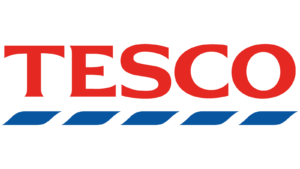Tesco Recycling Points and Eco-Friendly Initiatives You Should Know About

Tesco has spent the last decade reshaping how a major retailer can reduce waste and promote sustainability. From recycling drop-off points in store car parks to cutting plastic packaging across its ranges, Tesco’s environmental efforts have become part of everyday shopping.
This guide explains how Tesco’s recycling system works, what items you can return, and the wider eco-friendly projects the supermarket is investing in to create a cleaner, more sustainable UK.
Tesco’s Commitment to Sustainability
Tesco’s environmental plan focuses on one goal: “Little Helps for a Big Change.” The supermarket aims to reach net-zero carbon emissions by 2035 in its own operations and by 2050 across its entire supply chain.
The company’s approach is built on four key pillars:
- Reduce packaging and plastic waste.
- Offer accessible recycling for customers.
- Cut food waste in stores and supply chains.
- Source energy and products more sustainably.
Each initiative connects to daily shopping, so customers can participate simply by using Tesco’s facilities and making conscious choices.
Recycling Points at Tesco Stores
Most medium and large Tesco supermarkets now feature dedicated recycling points in the car park or just outside the entrance. These are free for anyone to use, even if you’re not shopping that day.
You’ll typically find bins for:
- Soft plastics (bags, wrappers, crisp packets, bread bags)
- Plastic bottles and cartons
- Glass bottles and jars
- Aluminium cans
- Batteries and small electricals
Soft plastics are the newest and most popular addition. Since many councils still don’t collect them, Tesco now accepts flexible packaging that would normally end up in landfill. Every bag or wrapper collected is sent to a specialist recycler that turns it into new packaging or household products.
In-Store Soft Plastic Recycling
Tesco’s soft plastic bins are available at over 900 stores across the UK. You can bring back items such as:
- Bread bags and salad bags
- Crisp and snack packets
- Frozen food bags
- Pet food pouches
- Toilet roll and multipack wrappers
Once collected, these plastics are sent to partners who turn them into new food-grade packaging. Tesco reports that since launching the scheme in 2021, millions of pieces of flexible plastic have been kept out of landfill each month.
The process is simple: empty and clean your packaging, drop it into the correct bin, and Tesco handles the rest.
Recycling Electricals and Batteries
Every Tesco store that sells batteries or electrical goods provides a battery recycling point, usually near the entrance or customer service desk. Small electrical items such as kettles, toasters, hairdryers, and phones can also be returned under Tesco’s WEEE scheme (Waste Electrical and Electronic Equipment).
When you buy a new electrical product, Tesco will accept your old one for recycling free of charge. It doesn’t have to be the same brand — just a similar type of item.
Clothing Recycling with F&F
Tesco’s F&F clothing brand has also joined the sustainability drive through textile recycling banks in selected car parks. Customers can donate unwanted clothes, shoes, or household textiles. Items are sorted for reuse or recycling, and proceeds often go to charity partners such as the British Heart Foundation.
This initiative has diverted thousands of tonnes of textiles from landfill and provides affordable second-hand options through partner resellers.
Food Waste Reduction
Tesco’s food waste reduction programme runs in partnership with FareShare and OLIO. Unsold but edible products are redistributed daily to charities, schools, and community groups.
Through the Tesco Community Food Connection, the retailer has donated more than 140 million meals since 2016. Shoppers can also use the OLIO app to collect surplus bakery or produce items at the end of the day.
In stores, “reduced to clear” yellow-sticker sections are part of this same effort — they help reduce waste by encouraging quick sale of short-dated food.
Reusable Packaging and Refill Trials
Tesco has been testing Loop, a reusable packaging system that replaces single-use containers with refillable ones. Participating stores in selected regions offer products like washing detergent, cereals, and snacks in durable containers that customers return on their next visit.
Returned containers are cleaned, refilled, and put back into circulation. Tesco has reported strong engagement with the trial and plans to expand it if consumer demand continues to grow.
Sustainable Packaging Changes
Tesco’s packaging reduction plan has already removed more than two billion pieces of plastic from its supply chain since 2019. Key changes include:
- Removing plastic lids from yoghurts, wipes, and creams.
- Switching to paper-based fruit and vegetable bags.
- Replacing plastic multipack wrapping with cardboard sleeves.
- Introducing lightweight, fully recyclable drink bottles.
All packaging now follows Tesco’s “4R” strategy: Remove, Reduce, Reuse, Recycle.
Energy Efficiency and Carbon Reduction
Beyond recycling, Tesco continues to cut its energy footprint. More than 100 stores now run partly on solar power, and refrigeration systems have been upgraded to use low-emission gases. The company also invests in wind energy through long-term supply contracts, helping power operations with 100% renewable electricity.
By 2025, all delivery vehicles for online groceries are expected to run on electric or low-carbon fuel, reducing transport emissions significantly.
How Customers Can Get Involved
Tesco’s sustainability efforts rely on everyday participation. Shoppers can make an impact by:
- Using reusable shopping bags and containers.
- Dropping off soft plastics and batteries regularly.
- Choosing “Tesco Low Carbon” labelled products.
- Supporting reduced-to-clear sections to cut food waste.
- Buying from the Plant Chef or Wicked Kitchen ranges, which have lower environmental footprints.
Every small change helps Tesco move closer to its carbon-neutral targets.
Recognition and Industry Impact
Tesco’s environmental programs have earned multiple awards, including recognition from WRAP (Waste and Resources Action Programme) and the Carbon Disclosure Project (CDP) for transparency in sustainability reporting.
The retailer’s large footprint means its actions influence suppliers and competitors alike, pushing the wider UK grocery industry toward greener standards.
Final Thoughts
Tesco’s eco-friendly initiatives prove that sustainability doesn’t have to be complicated. By making recycling and reuse part of everyday shopping, the supermarket has turned environmental action into habit for millions of UK households.
From soft plastic bins and battery drop-offs to renewable energy and food redistribution, Tesco continues to build a more responsible retail system. The next time you visit your local store, look for the recycling points near the entrance — a small step that contributes to a much bigger change.



